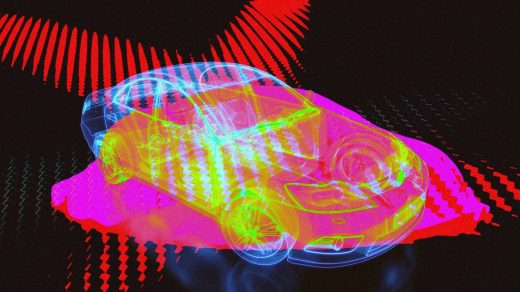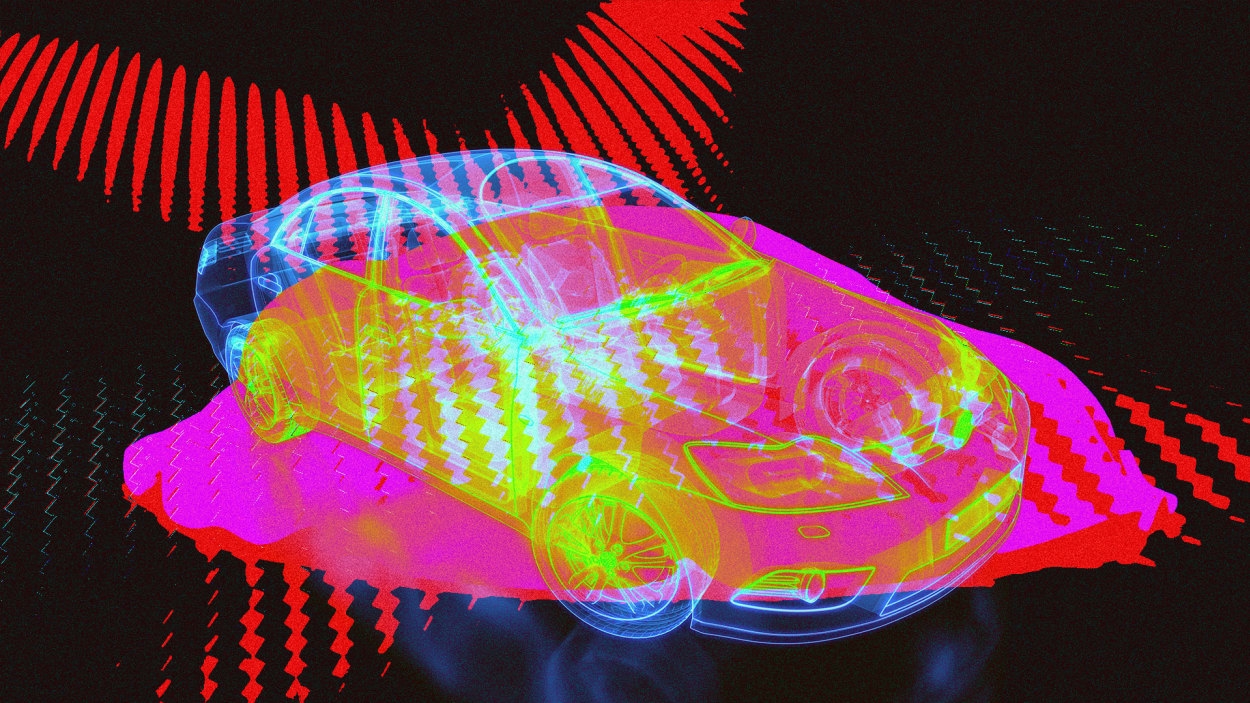California’s new gas car sales ban: what it means for drivers and carmakers
(September 09, 2022), California took a historic step that will help the state reduce its carbon emissions while fighting climate change, and may even help reduce respiratory diseases. America’s most populous state has passed a resolution that will ban the sales of new gasoline-powered cars by 2035.
As CNBC reports, the resolution was issued by the California Air Resources Board on Thursday and was hailed by the agency as a move that will cut pollution from cars and light trucks in half by 2040. But just what does California’s ban on the sales of new gas-powered cars mean for drivers and car manufacturers? Here’s what you need to know:
(43)



